How to raise young environmentalists: Scouts and Girl Guides

In order to address the issue of climate change, one thing the world needs is for the children of today to be the strong environmental advocates of the future. In fact, why not encourage our children to be environmentalists right now?
After all, climate activists such as Greta Thunberg have proven that young people do care about the environment and are able to contribute to the search for climate change solutions!
Now, how exactly do we raise young environmentalists?
Of course, it is important to educate children about the environmental issues we are currently facing, but doom and gloom isn’t actually the way to go when it comes to encouraging a love and passion for nature!
The key is to foster an emotional connection between children and the environment. Research has shown that compassionate concern for the natural world comes from early contact with nature, empathy for other living creatures, and a sense of fascination and wonder associated with natural elements or environments.
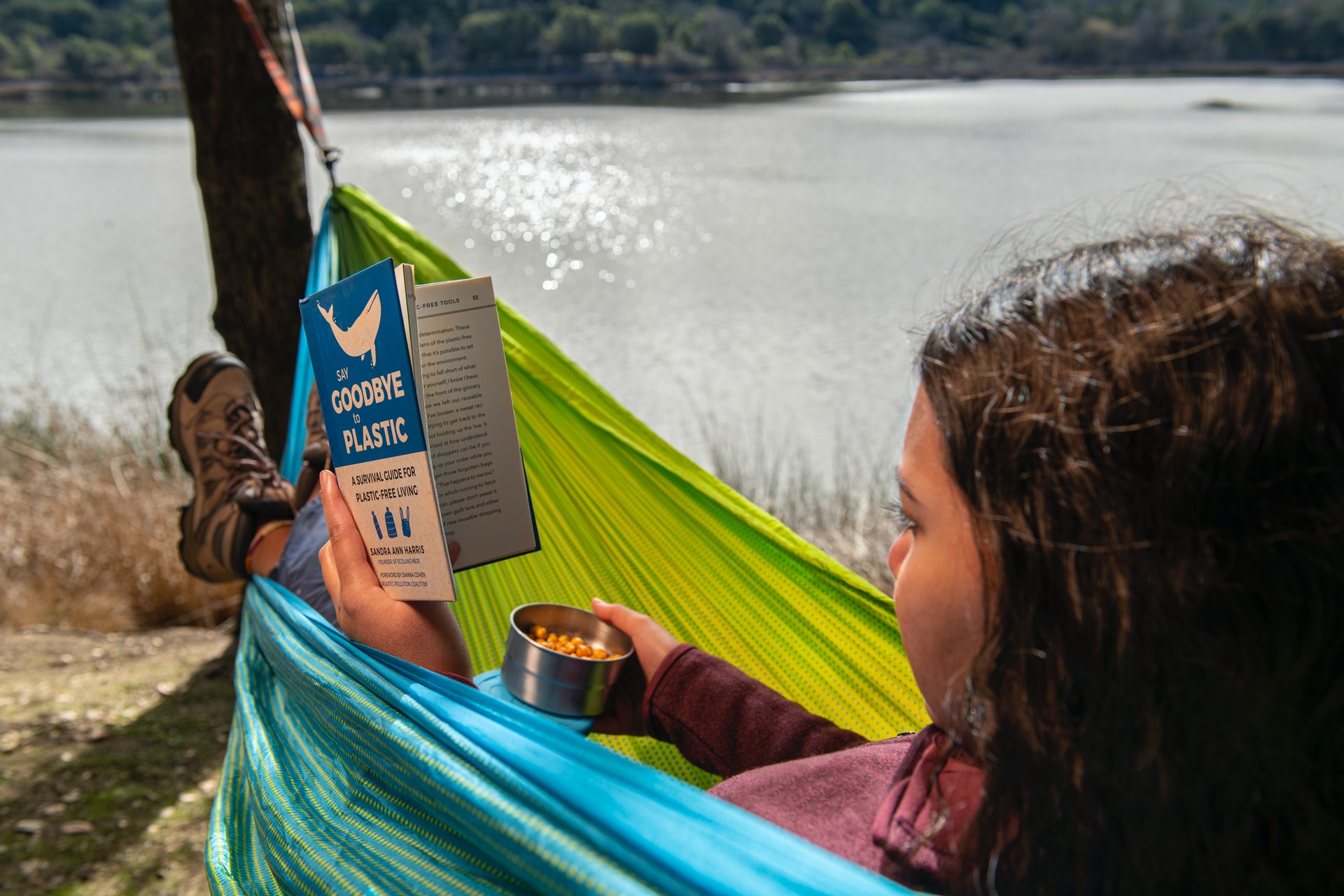
Basically, encouraging children to spend time in nature, take part in hands-on learning activities, and create meaningful memories in the outdoors is a great way to positively influence the way our children think about and act towards the natural environment.
While environmental education can be found in forest schools which place nature at the centre of learning, it can also be instilled through extracurricular activities.
Educational (and enjoyable!) exposure to the outdoors is offered through youth organizations such as Scouts (both Boy and Girl Scouts) and Girl Guides.
The history of the Scouting movement
The scouting movement began in Great Britain in the early 20th century when Lieutenant General Robert S.S. Baden-Powell, a cavalry officer, wrote a book called Scouting for Boys (1908). This book contained descriptions of various games, contests, and skills which existing youth organizations could use.

However, this book and its contents became so popular and beloved that boys of all ages began creating their own Scout patrols and asking Baden-Powell for guidance. As a result, Baden-Powell formed the Boy Scouts Association, and later The Girl Guides.
Today, the two largest umbrella organizations associated with the scouting movement are the World Organization of the Scout Movement (WOSM), which contain boys-only and co-educational organizations, and the World Association of Girl Guides and Girl Scouts (WAGGGS), which contains primarily girls-only organizations.
Scouting and environmental stewardship
Since its beginnings, the scouting movement has been intertwined with the great outdoors, as children are taught how to survive in nature, identify plants, and interact respectfully with the natural environment.
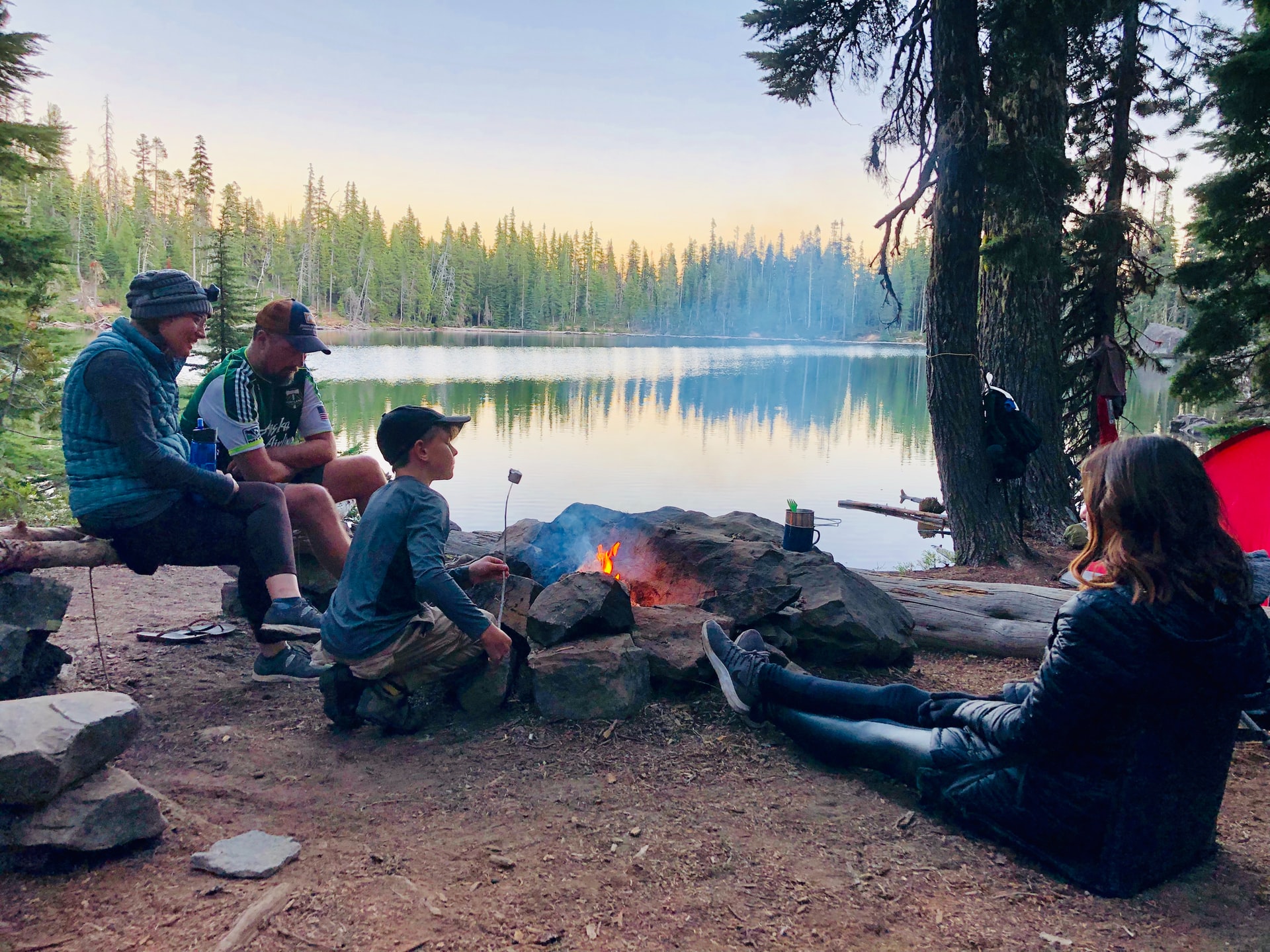
In fact, strong environmental messages have been affiliated with scouting organizations for many years. For example, in a 1955 edition of the “Girl Scout Leader’s Guide,” this following statement is written:
“The Girl Scout approach to nature is not through collections of flora and fauna but through understanding of living things, appreciation of their beauty, and conservation of them as they live.”
What’s more than just statements or guiding principles, youth scouting organizations promote and facilitate environmental action!
Earning badges has been an important part of scouting since its early beginnings. Many different badges are available for young scouts to earn at each branch level. Although Girl Guides have offered various environment-related badges throughout the years, in 2018, five new badges which specifically prepare girls to be environmental advocates were introduced to the program.
These badges correlate with the five different Girl Guide age groups and include activities and milestones such as learning how to treat outdoor spaces with kindness, removing trash that pollutes the environment, planning an eco-trek, examining specific environmental issues, and experiencing firsthand how to advocate for nature.
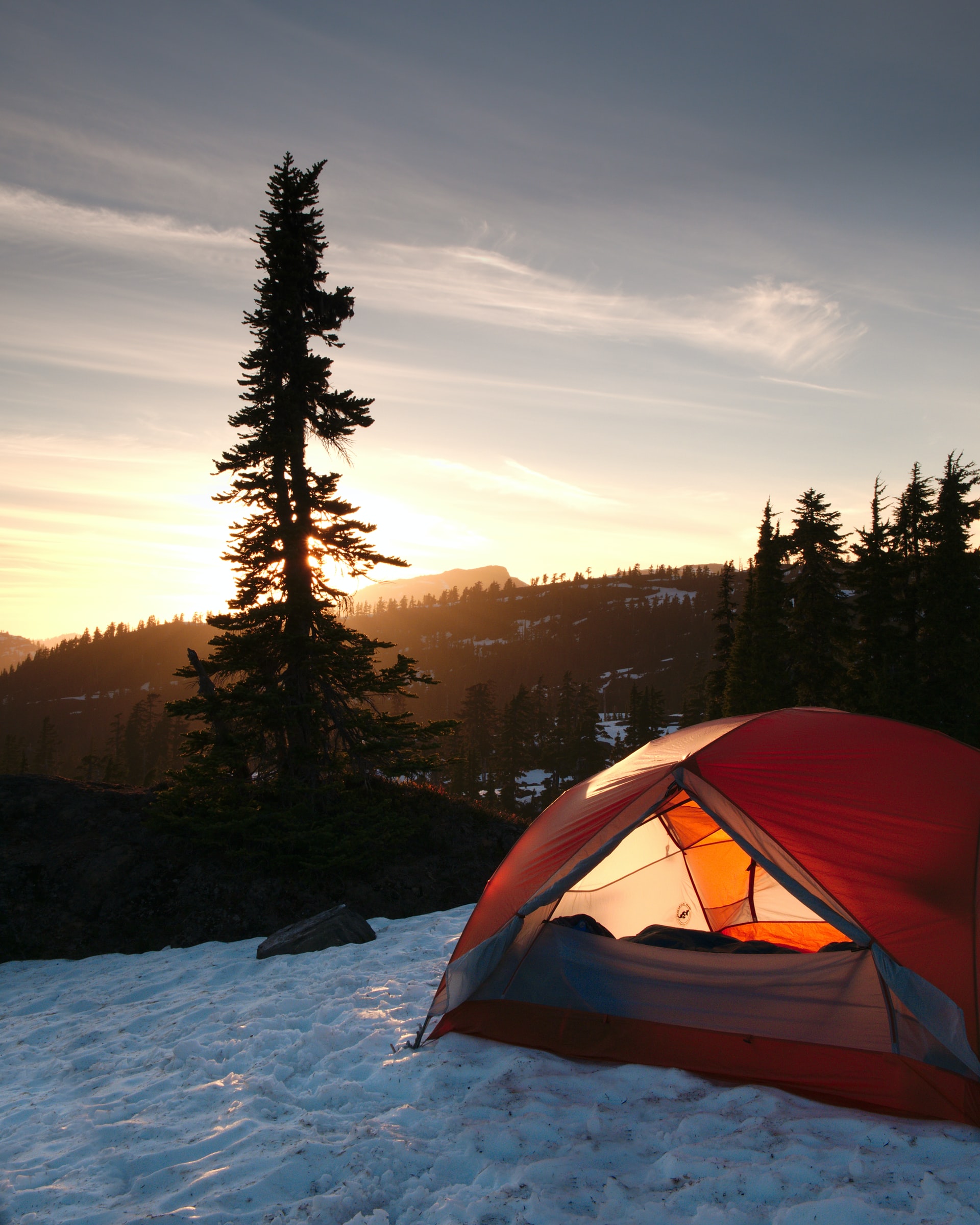
Combine these educational and skill-building activities with exciting new friendships, new experiences, a sense of belonging, and the feelings of independence and responsibility gained from excursions away from home, and youths are likely to develop long-lasting and impactful memories of their time as a scout.
I still remember my very first camping trip in the backyard of one of our Girl Guide leaders. We learned how to cook over a camp stove, outdoor skills and how to appreciate the weather and nature. And, over the years, having a friend group who also aligned with these values was also important.
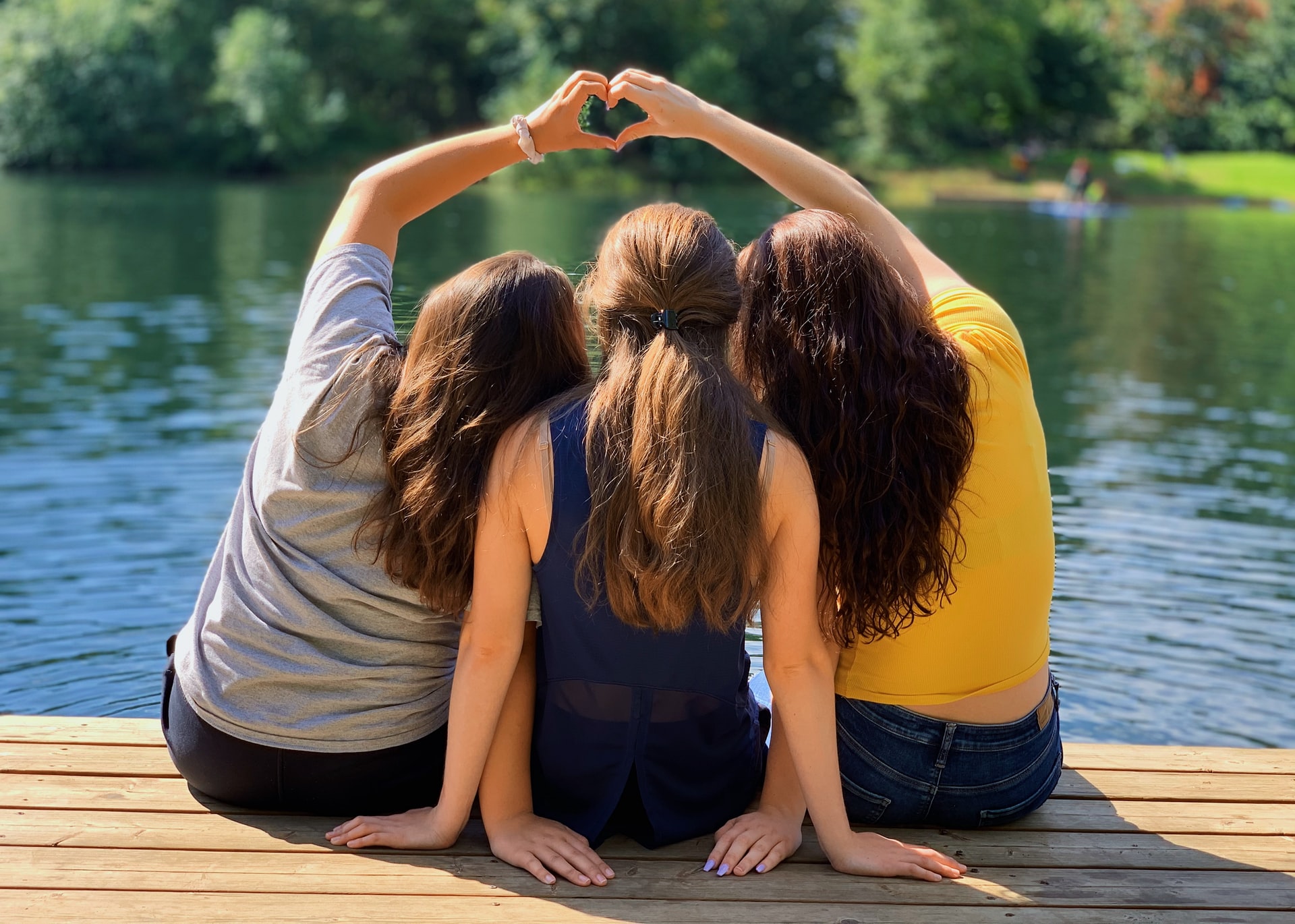
Getting our kids into nature and reaping the benefits
Of course, we can’t forget that outside of conservation and biodiversity-based activities, these scouting organizations allow children to simply enjoy and be immersed in nature. It can be a struggle to get children away from their screens and into the park. Organized activities such as Scouts and Girl Guides offer a positive affirmation of the importance of these actions.
Sometimes a structured program provided by scouting organizations is the best way to go when it comes to getting children outdoors. These programs not only provide children with an abundance of fun experiences, activities, and opportunities for socialization, but they also take the pressure off of parents and guardians to plan activities themselves or otherwise keep children engaged (Although, if you are looking for some fun outdoor activities for you and your children, check out this article!).
And, if you are a teacher or parent wanting some great kid activist activities, see what the group Kids for Saving Earth have for you!
And why exactly should we care so much about getting our children outdoors? In addition to fostering a love for the environment, organizations such as Girl Guides and Scouts allow children to receive the physical and mental health benefits of being outdoors. Talk about feeding two birds with one scone!
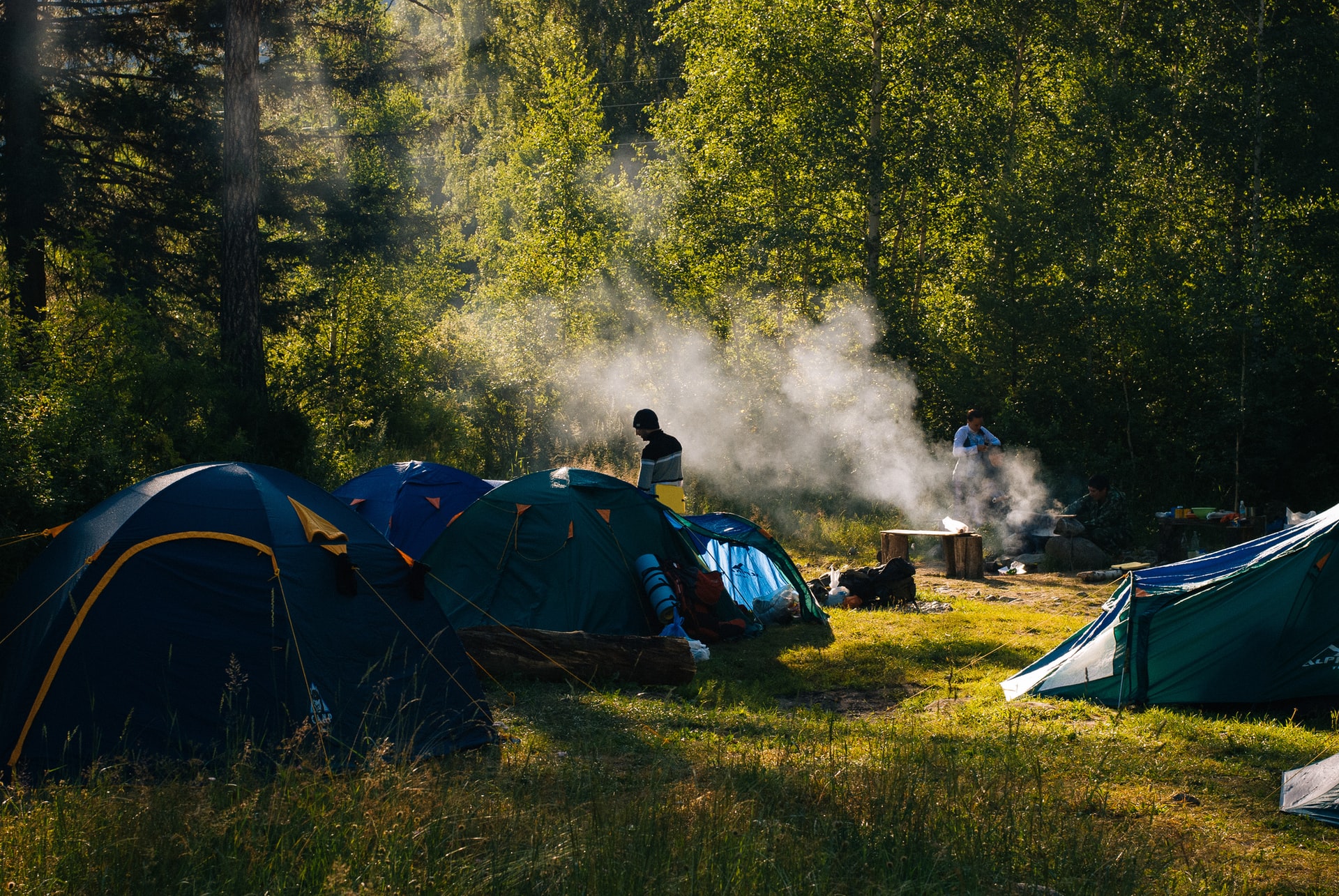
Did you know that spending time in nature reduces stress? Although stress isn’t a word that often gets associated with children, various events or circumstances such as losing a loved one, moving, or experiencing crowded and loud environments may cause stress in children. And just like you and me, they can benefit from getting outdoors and enjoying the peace that nature has to offer.
In terms of physical benefits, children require approximately 60 minutes or more of moderate-to-vigorous intensity physical activity each day. Scouting programs are full of activities such as hiking, canoeing, hiking, and tag, which are both fun and bound to get young bodies moving!
Last, but certainly not least, scouting programs allow children to experience empowerment and improved self esteem. One of the main objectives of scouting is to provide children with opportunities to develop and showcase their leadership skills, develop a strong sense of self, and seek challenges and learn from setbacks.
Basically, scouting helps children to change their outlook from “can I?” to “I can!”
Giving children the opportunity to take the lead in their own lives and their own communities is essential when it comes to instilling a sense of confidence, empowerment, and self worth in today’s youth and tomorrow’s world-leaders!
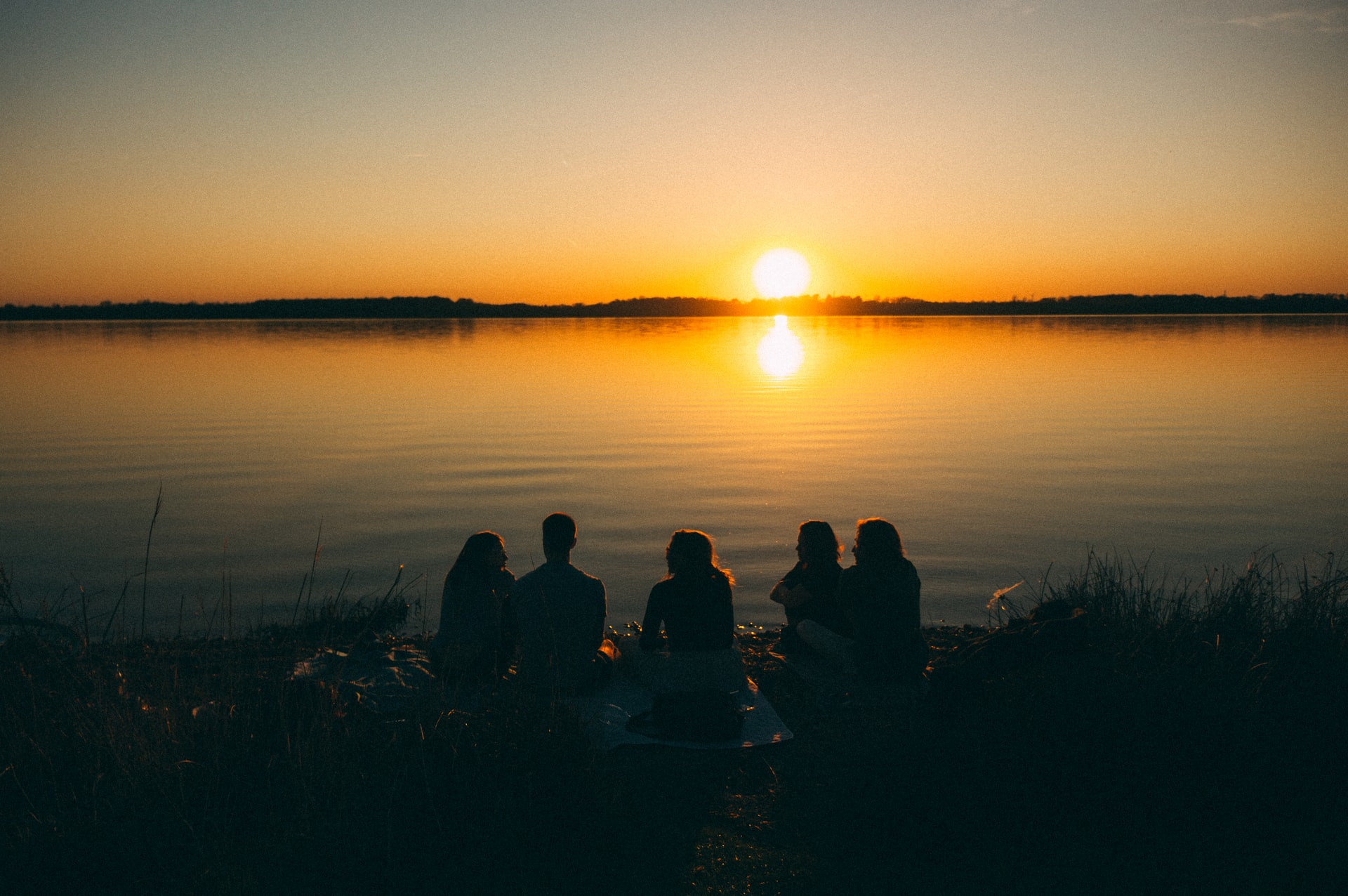
I have to say that the 13 years that I spent in the Girl Guide movement from a young Brownie to a Girl Guide to Pathfinder, to camp counsellor, and even a Sparks Leader were incredibly formative for me. I loved my time in Guiding as it instilled in me the values of stewardship of the natural world and was the early spark that became my life-long desire to make the world a better place.
Stay connected with news and updates!
Join my mailing list to receive the latest news and updates. Your information will not be shared.

